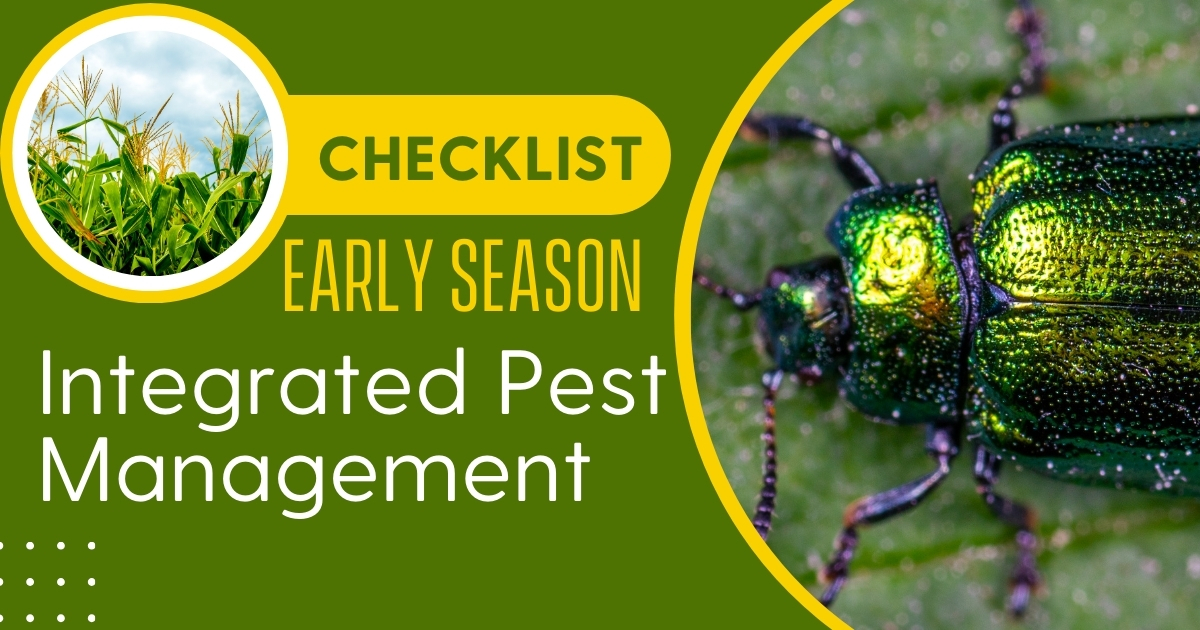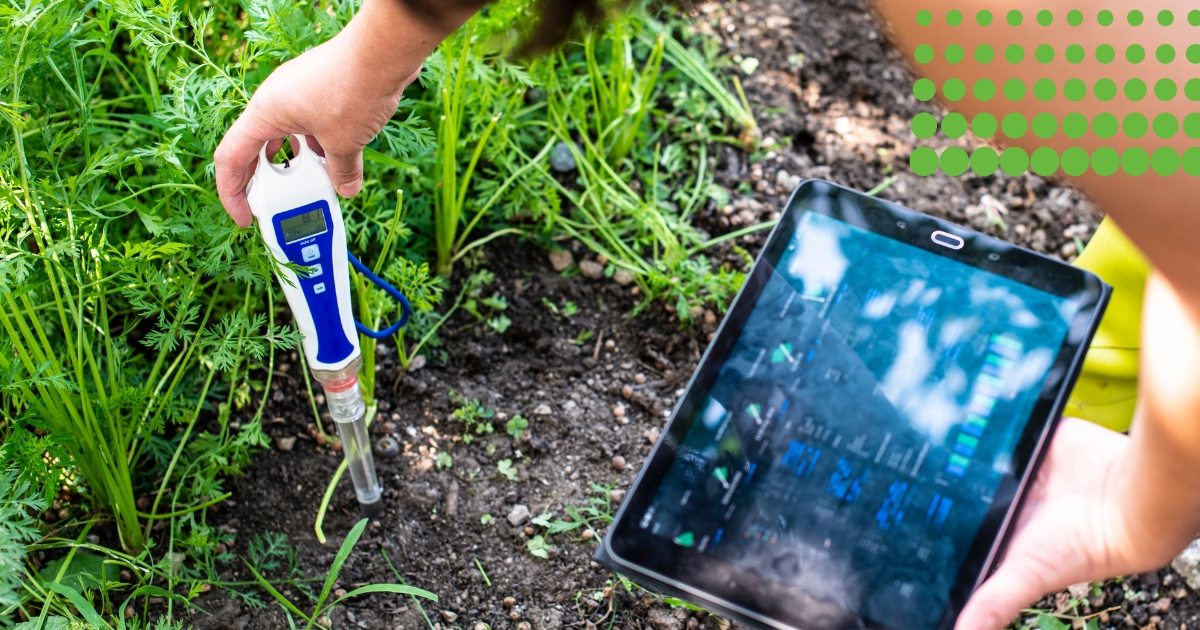
Category: Cooperative Extension

Early Season Integrated Pest Management Checklist
February 12, 2024 Written by David Owens, Agricultural Entomology Extension Specialist; Mark VanGessel, Plant and Soil Science Specialist and Weed Specialist & Alyssa Koehler, Field Crops Pathology Specialist
Punxsutawney Phil has predicted an early start to Spring. One of the most important things that we can do to implement Integrated Pest Management is to anticipate pest issues. If we can anticipate a pest, then we can take mitigating responses and focus scouting efforts. The following is a checklist of early-season items.
What variety or cultivar are you (or your customers) selecting?
Some of the most pernicious pests to deal with are diseases. In vegetables, fungicide use is very high, and there is an enormous diversity of pathogens that can quickly take a crop down. Disease resistance is a major driver of plant breeding efforts because there are a lot of cropping systems for which diseases are a major limiting factor. Check with your seed supplier to know what disease resistance traits might be in your crop. Previous history is extremely important, and if you are not sure what pathogen or insect pests or abiotic stressors you might face, call up your extension agent or specialist. Just to give a personal example, I planted a peach variety that is extremely susceptible to bacterial leaf spot and it loses most of its leaves by early summer. If I had known, I would have selected a cultivar that is resistant to this disease (which can be found through university fact sheets) and saved myself sprays and lost peaches.
What seed treatments are on the seed?
In my experience, a lot of folks do not know what is on the seed. University of Wisconsin put together a great seed treatment guide for grain crops called “What’s on your seed.” (If you cannot find it, email me owensd@udel.edu and I can send you a pdf). This breaks down all of the brand names by their active ingredient and their targets. You may still want to reach out to extension to know exactly what pests the active ingredients are good on and which they might miss. Just like there are a couple of dozen different groups of insects (beetles, moths, bugs, flies etc), there are many groups of diseases that are not all equally controlled by a given fungicide.

What GE traits are in the seed?
This is especially relevant to corn, sweet corn, and soybean. No one wants to treat a soybean field with Liberty herbicide and then realize it was not a Liberty Link variety. Where are these traits deployed? What is around the crop? A field bordering a vineyard is not a great location to use a highly mobile herbicide. What insects might those traits control (or no longer control)? In corn and sweet corn, refer to the ‘Handy Bt Trait Table’ for corn or for sweet corn. Every year we plant Bt sweet corn late in the season to monitor corn earworm resistance to the traits. Attribute Plus and Attribute II varieties are virtually worm proof while the others are not. Plant these varieties when it makes the most sense – when or where they will face the greatest pest pressure or provide the greatest return on investment (this is related to point 1).
Have you finished soil testing?
Soil test for pH, nutrients, and nematodes. We’ve got to position our crop for success, and getting the soil chemistry adjusted goes a LONG way to success. Stressed plants are more susceptible to pests and pathogens. Nematodes are hidden yield robbers. I get a few calls each year asking ‘what’s killing my soybeans’ and they almost always turn out to be nematodes. Nematode testing is best done in the fall for soybean and vegetables, but for corn, early season is a good time to test. There is not a quick fix for nematodes, but multiple approaches can be combined. If a field has a high nematode count host resistance is the best tool when available, you might also want to consider a nematicide, fumigant, biofumigant, plant late, choose a more resilient crop or use non-hosts as cover crops. Nematode testing can be performed by the NCDA&CS Nematode Assay Lab and VT.
What is the field history?
Are there important diseases that could carry over? Are you planting corn behind pasture or fallow ground? Does the field have a lot of slugs? What sort of weed pressure was in the field last year? Knowing these can help anticipate problems and take as good a remedial action as possible.
When is the field going to be planted?
Early fields tend to face greater seedling issues (diseases, Seedcorn maggot, slugs, white grub) while late-planted fields face greater pest issues late when the crop is in reproductive mode (late blights, corn earworm, stink bugs). Slow germination and emergence early may also affect herbicide management strategies. Soil-applied herbicides provide only a few weeks of residual control, so applications 3-4 weeks before planting limit their effectiveness after planting. Plan accordingly.
What cover crop is in the field and when will it be terminated?
Everyone needs to eat. The less time between a cover crop and planting, the more likely it is that a pest could establish, survive, and transition from a cover crop to a cash crop. The biggest threats that I worry about in field crops are cutworms and stink bugs. Fortunately, these are sporadic and can be scouted and remedied, but DON’T MISS THEM or they can cause quite a bit of a headache. On the other hand, later terminations allow greater cover crop biomass growth which allows for greater benefits to weed control and various ‘soil health’ metrics. Match up your cover crop goals with the needs of a given field.
Related to #6, are the greenhouses and high tunnels clean?
If they are not, look for spider mites, aphids, and thrips that may have overwintered and could cause problems with transplants.
If there are other pre-season checks that you do to avoid certain pest damages, let me know, and Good Luck with the upcoming planting season!
